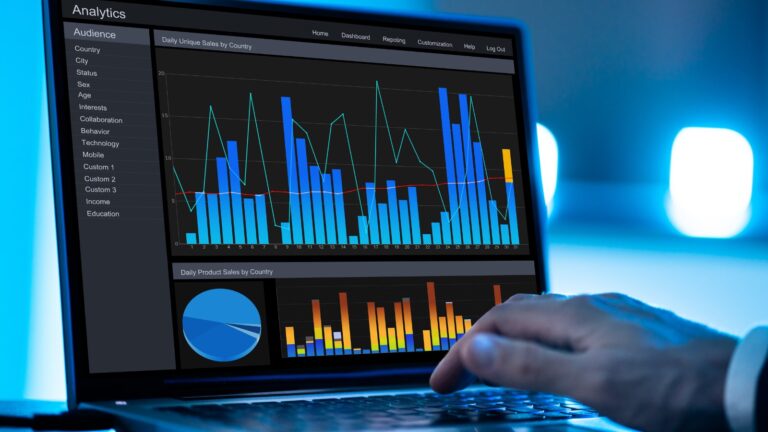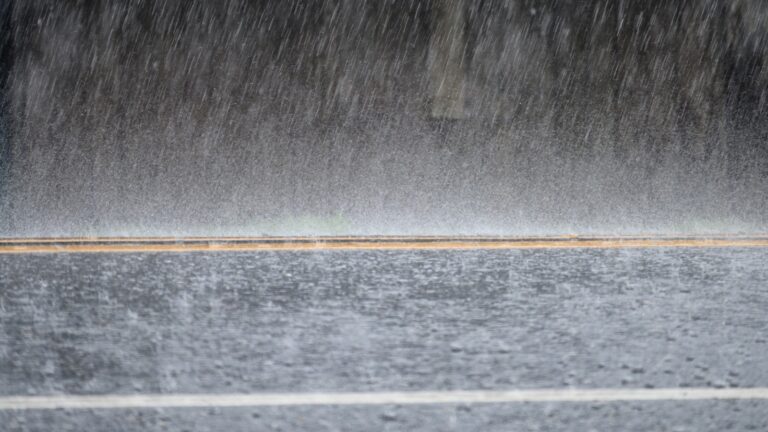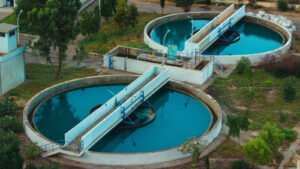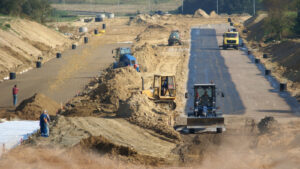Stormwater management is an uprising issue in metropolitan cities such as Sydney, Melbourne, etc. If it is not handled properly by the governing authorities, it will directly affect the lives of the people in Australia as it impacts the water quality. There are many strategies utilised to handle stormwater from its storing, treatment monitoring, etc. but the best answer lies in the hands of modern technology. That is where ‘Predictive Analytics’ comes into the scenario as the ideal solution.
In this article, we will explore the depths of predictive analytics and its application in stormwater management while explaining the key challenges and how predictive analytics becomes the top-notch solution for all of them.
What is Predictive Analytics?

Predictive analytics is a comprehensive procedure of using data to forecast future outcomes. To uncover patterns that might anticipate future behaviour, the technique makes use of data analysis, machine learning, artificial intelligence, and statistical models.
If put in simple words, The goal of predictive analytics is to determine the likelihood of future events based on previous data. It does this by utilising data, statistical algorithms, and machine-learning approaches. The objective is to provide the most accurate prediction of what will happen in the future in addition to understanding what has already occurred. Given that there are several predictive analytics models, it is critical to start with a well-defined purpose when deciding which predictive analytics approaches are ideal for any company’s needs.
Key Challenges in Stormwater Management in Metropolitan Cities

Increased Impervious Surfaces
Stormwater management is a substantial issue as a result of the fast growth of impervious surfaces including roads, parking lots, and buildings. Rainwater cannot naturally soak into the ground due to these coverings. As a result, extra runoff occurs when it rains because rainwater cannot be absorbed.
This polluted water can overwhelm drainage systems and result in flooding and problems with the quality of the water. The situation highlights how critical it is to include efficient stormwater management techniques in urban design in order to reduce the negative effects of increasing impermeable surfaces and protect the environment and infrastructure in major cities.
Pollution and Contaminants
The problem of pollution and pollutants in metropolitan areas is a significant difficulty in handling stormwater. Stormwater runoff collects particles, oil, and other pollutants off surfaces and roads during rains and dumps them into nearby sources of water. This results in lower water quality, which has an impact on aquatic environments and could be toxic to human health. It will be difficult to efficiently manage and remediate this polluted runoff.
It becomes crucial to put in place effective filtration systems, sediment basins, and green infrastructure, such as flexible pavements, to stop pollutants before they reach water bodies. To guarantee that metropolitan areas can profit from clean water supplies and ecosystems that are healthy amid the ongoing challenges posed by pollution and pollutants in stormwater runoff, these initiatives require careful prediction, planning, and investment.
Disrupting Natural Drainage Patterns
As a result of poorly thought-out urbanisation, this has grown to be an enormous challenge in regulating stormwater. This modification increases the risk of flooding during periods of heavy rainfall, endangering both property and public safety. Rainwater collects more quickly than the infrastructure can handle when natural flow routes are blocked. Older or insufficient stormwater systems can find it difficult to handle this increased water volume, creating risks to people’s safety and the possibility of property damage.
To guarantee that cities can handle severe rain events and reduce the dangers associated with disturbed drainage patterns, effective urban design should place a high priority on conserving natural drainage networks and incorporating robust stormwater infrastructure.
Balancing Regulations with Limited Funding
Regulations and the restricted financing resources faced by urban governments must be delicately balanced. Stormwater regulation might require costly infrastructure modifications. Allocating money for these renovations could be difficult, too. That is especially because of other urgent community demands. it is critical to strike the correct balance between meeting basic urban needs and upholding environmental standards.
Stormwater projects frequently clash with other municipal objectives including public safety, healthcare, and education. In order to successfully navigate this obstacle, it is necessary to make strategic financial predictions, plan, look for alternative financing sources, and promote sustainable stormwater solutions that are good for the environment, the city, and its residents.
Top 5 Ways Predictive Analytics Solutions Utilised for Urband Stormwater Management

Providing Flood Predictions
When it comes to predicting floods, predictive analytics is extremely important for stormwater management. Predictive models are used to assess historical data, real-time sensor data, and weather forecasts to identify probable flooding disasters. With this proactive strategy, authorities are better equipped to plan, allocate essential resources, and warn citizens about potential flooding threats.
Communities can reduce damage, improve public safety, and allocate resources more efficiently when using technology to predict flooding. Stormwater management becomes a strategic activity due to predictive analytics, enabling communities to prepare for approaching weather conditions and minimise the effects of flooding to protect infrastructure and citizens.
On-Time Infrastructure Maintenance
With assuring prompt infrastructure repair, this considerably helps to manage stormwater. Predictive models assess the state of stormwater infrastructure, such as pipes and drains, using sensor data. By prioritising maintenance chores, this data-driven methodology lowers the risk of system failure. When maintenance efforts are targeted precisely where they are required, potential failures can be avoided because of reliable insights regarding the health of the infrastructure.
Cities are able to prevent problems from getting worse as a result, which increases the effectiveness and durability of stormwater systems. This predictive strategy not only reduces operational interruptions but also helps metropolitan areas’ stormwater management plans work better overall and save money.
Optimising Stormwater Runoff Handling
Different urban growth scenarios are examined using predictive models for their possible impact on runoff. This helps local authorities develop plans for effectively managing runoff, reducing the likelihood of floods and pollution. With the help of predictive analytics, regions can create robust stormwater systems that adapt to changing geography, lowering the risk of flooding and cutting down on environmental pollution.
This strategy improves resilience in cities and makes it possible to effectively plan for weather incidences. Metropolitan areas can employ predictive analytics to proactively solve the problems caused by stormwater runoff, resulting in settings that are safe and secure for both people and ecosystems.
Water Quality Monitoring
After a storm, there is a possibility that the water in the metropolitan cities is subjected to change. Therefore, it is a requirement to check water quality after a storm occurs. Predictive models can foresee changes in water quality brought on by stormwater runoff by analysing data from sensors that monitor water quality. This proactive strategy provides early warnings of potential contamination risks.
Cities can act promptly to stop pollution and protect aquatic ecosystems by predicting changes in water quality. This technique helps keep water bodies healthy and reduces risks to the general public’s well-being.
Optimal Capacity Planning
There is always a maximum limit of the capacity that a city can handle when it comes to stormwater. That is why authorities need to be careful of the rainfall and they need to predict how much capacity their city can bear. Stormwater system capacity under heavy rainfall can be predicted using predictive modelling. This makes it easier for cities to allocate resources to flood-prone areas in an effective manner.
Authorities can improve preparation and effectively set up resources by predicting where areas are most in danger. With the implementation of this technology, cities can lessen storm-related damage, respond to them efficiently, and maintain their resilience to storms.
High-Tech Stormwater Solutions for a Safer Tomorrow

Since you walked through this whole article, you understand the importance of managing stormwater in metropolitan areas in Australia. It clearly affects the well-being of the general public and the infrastructure of the cities. That is why it should be given priority by the governments and employ proper technology to lessen the risks. With new-era technology both properties and lives are safe.







